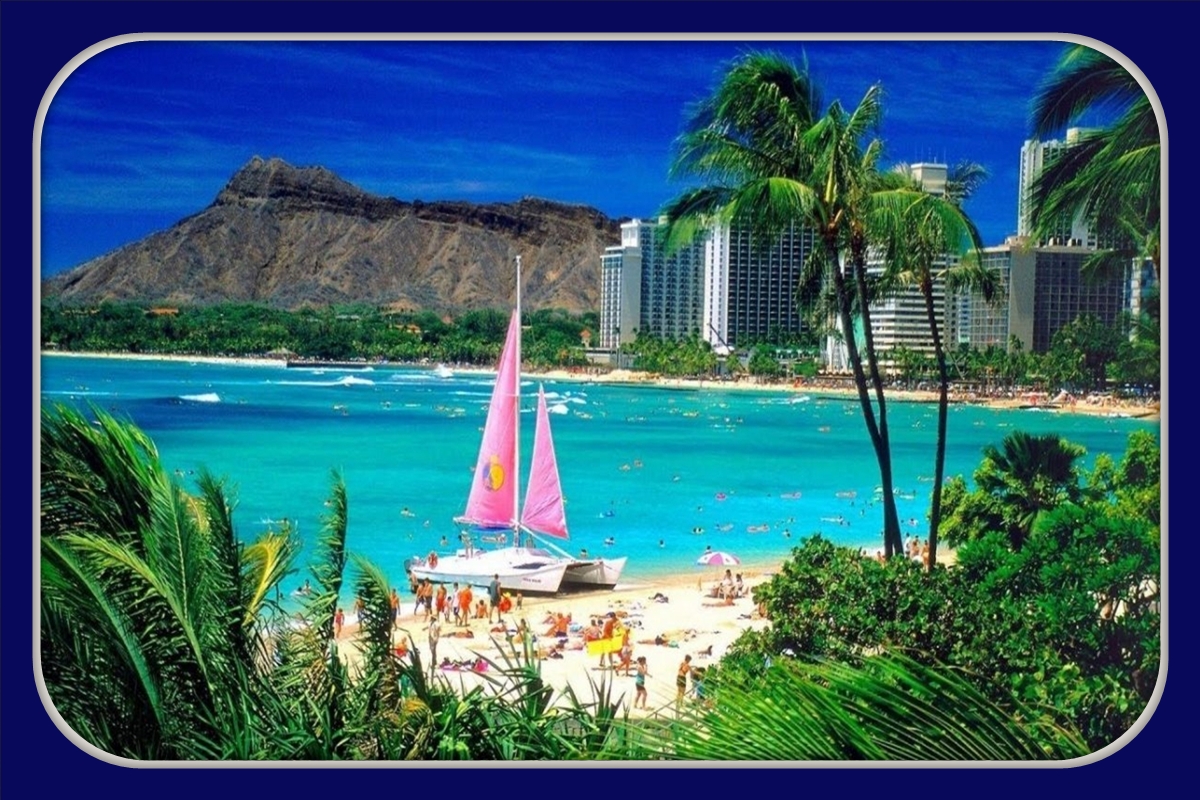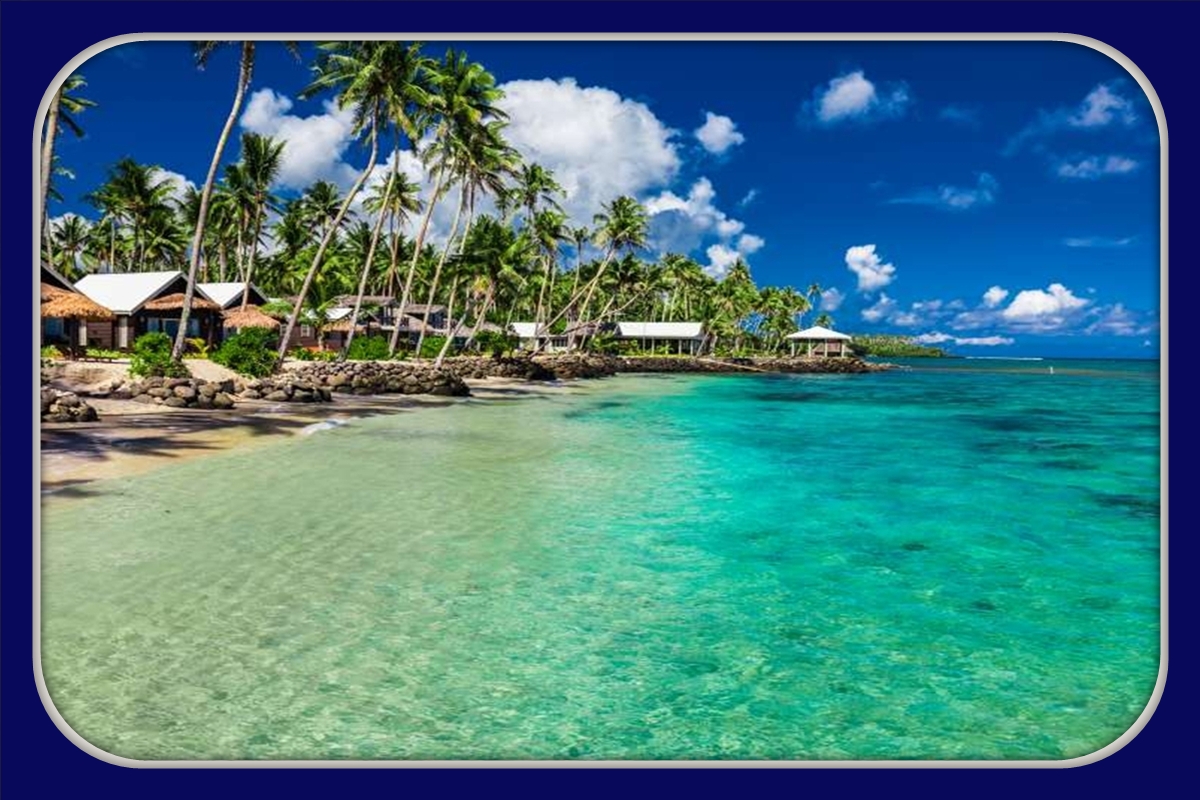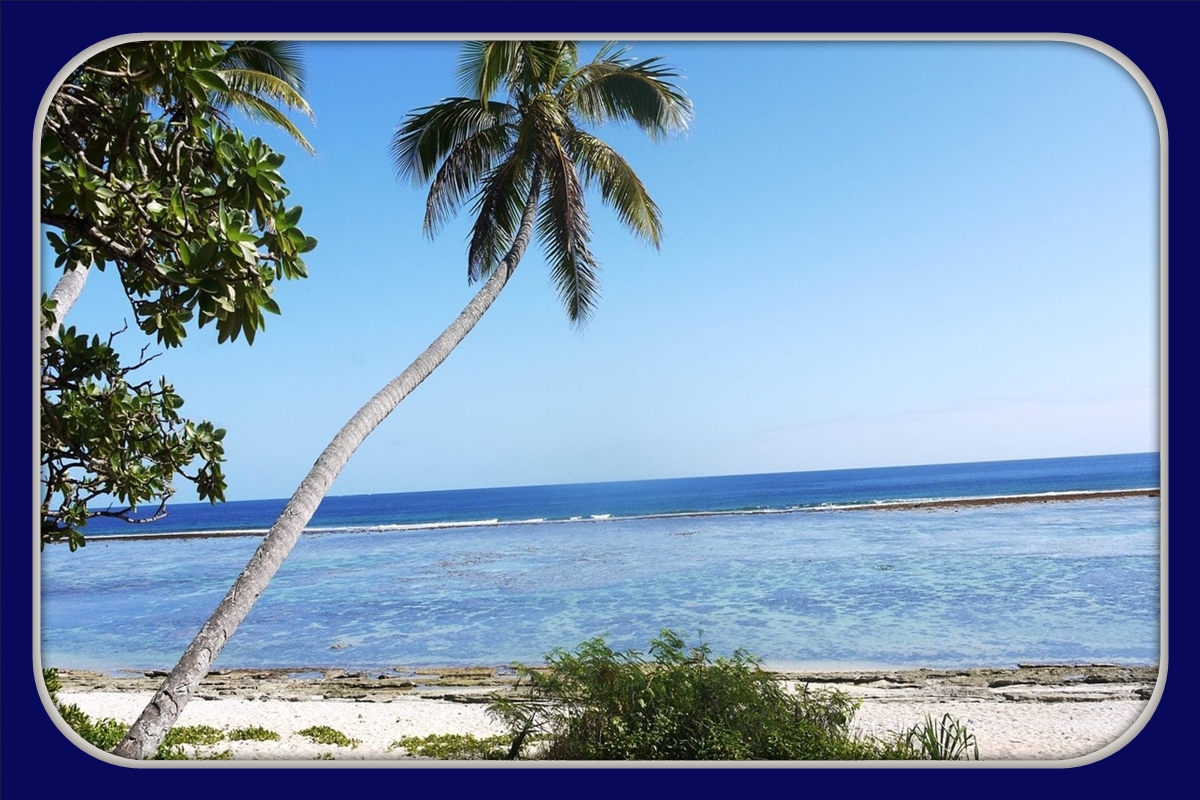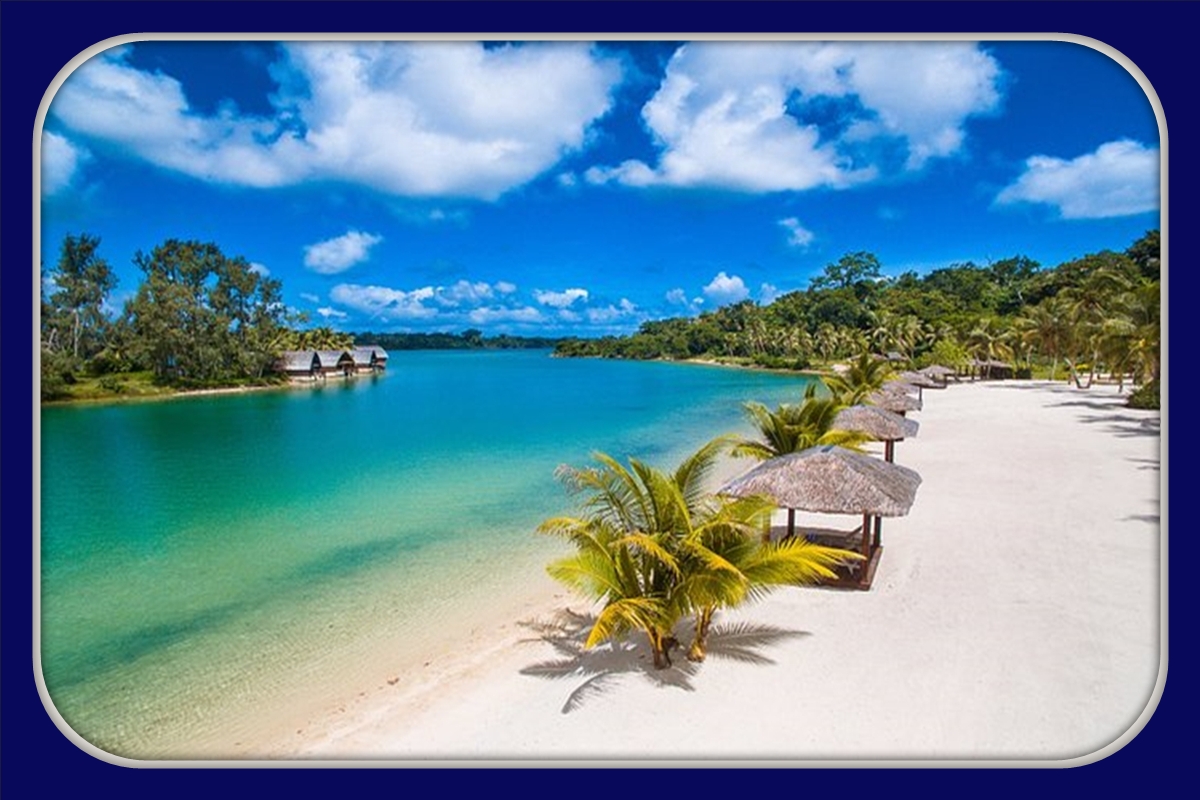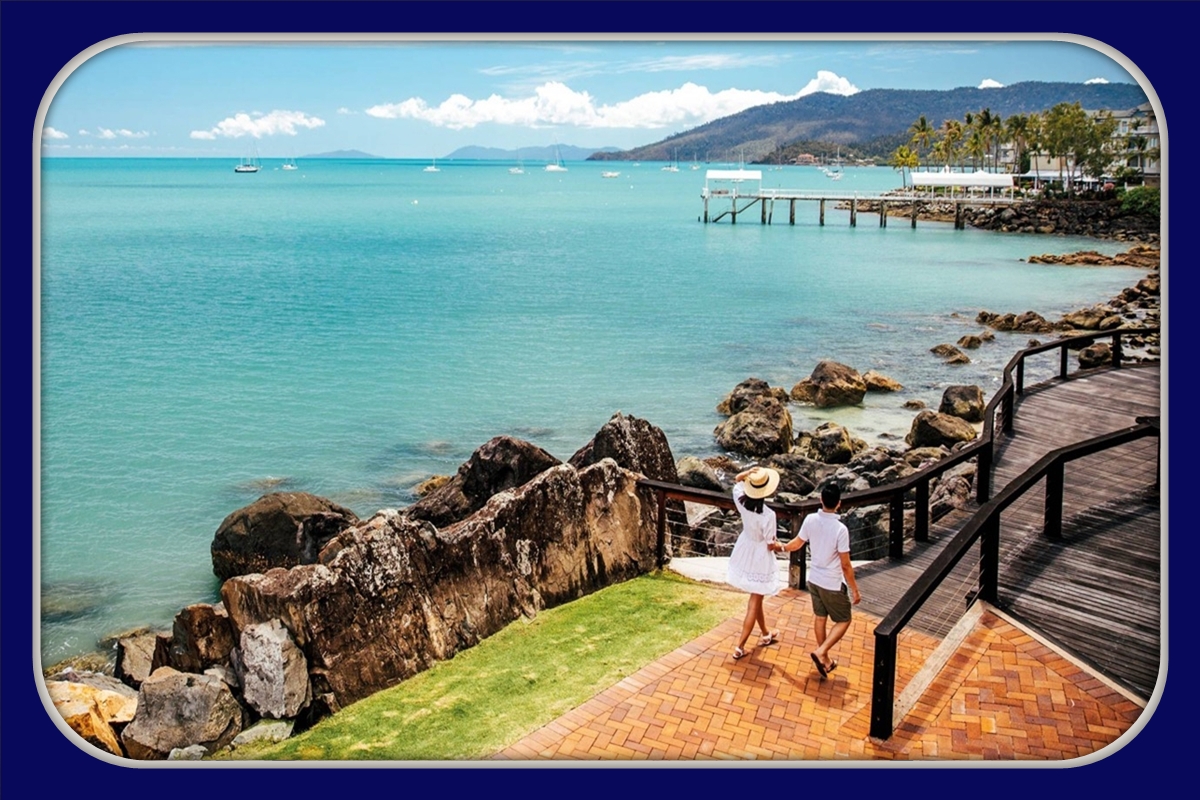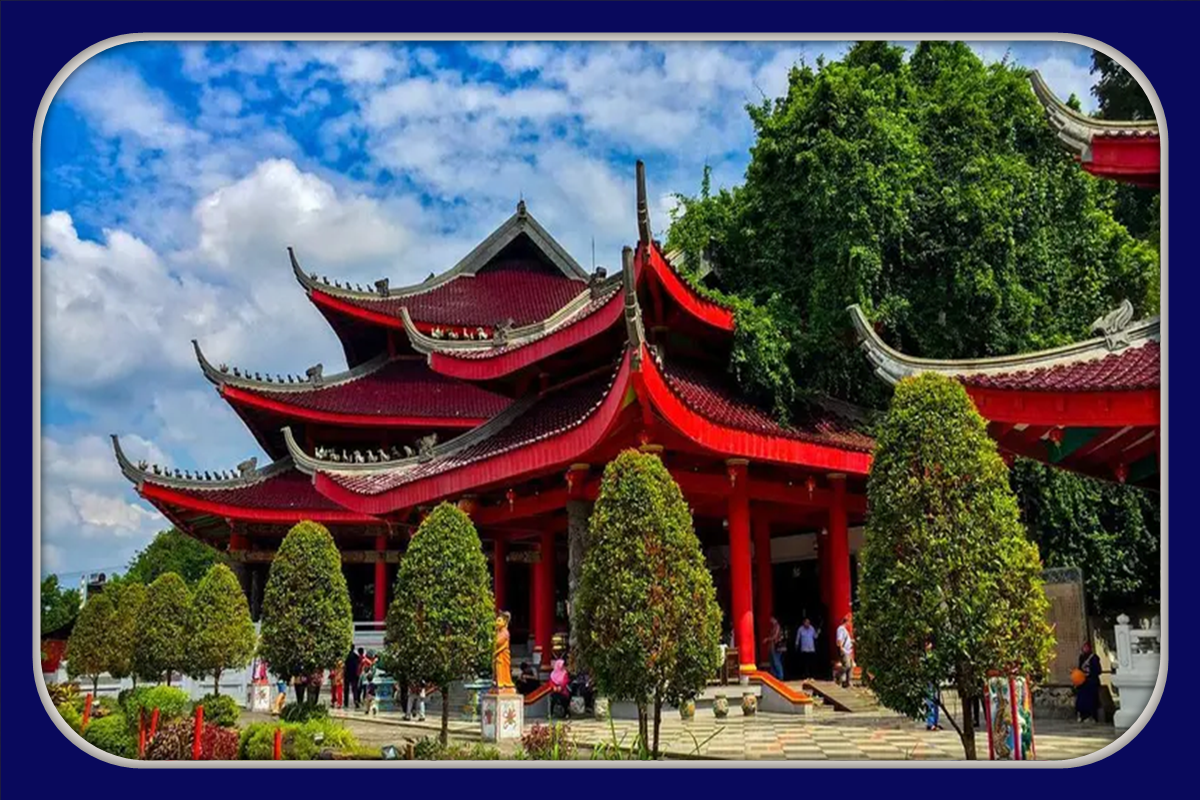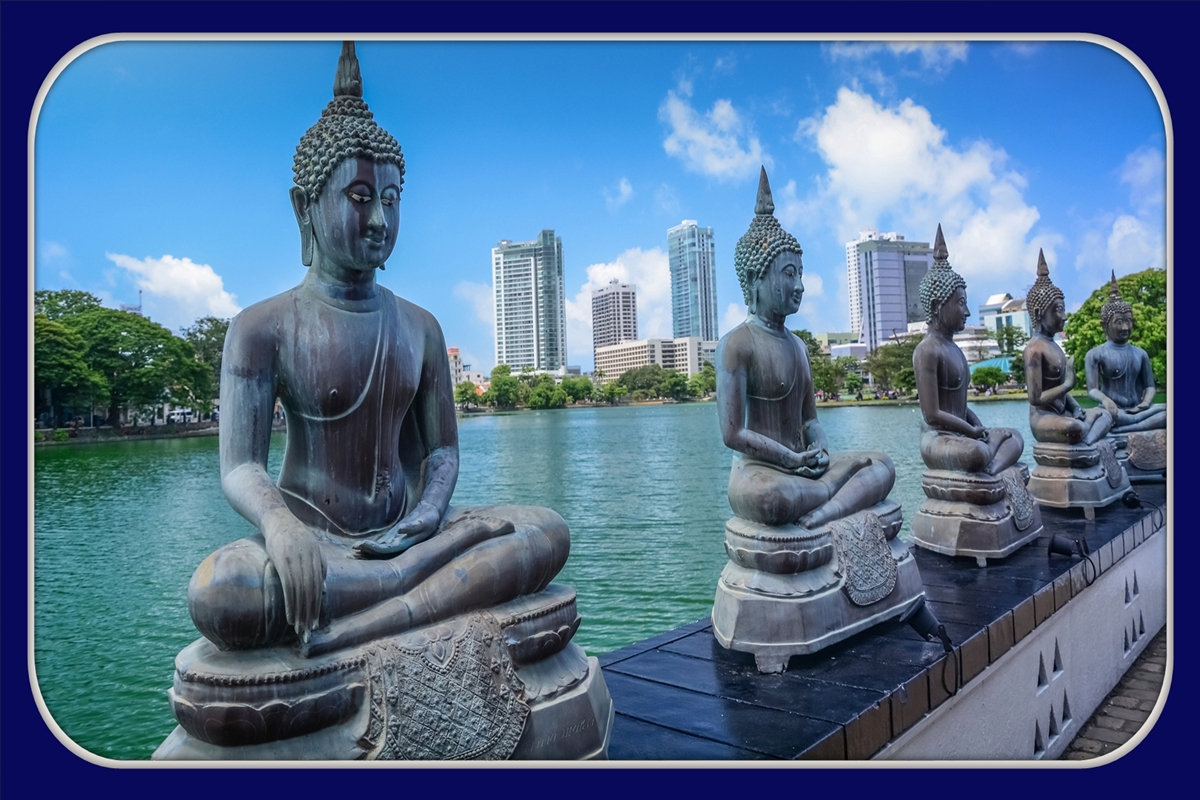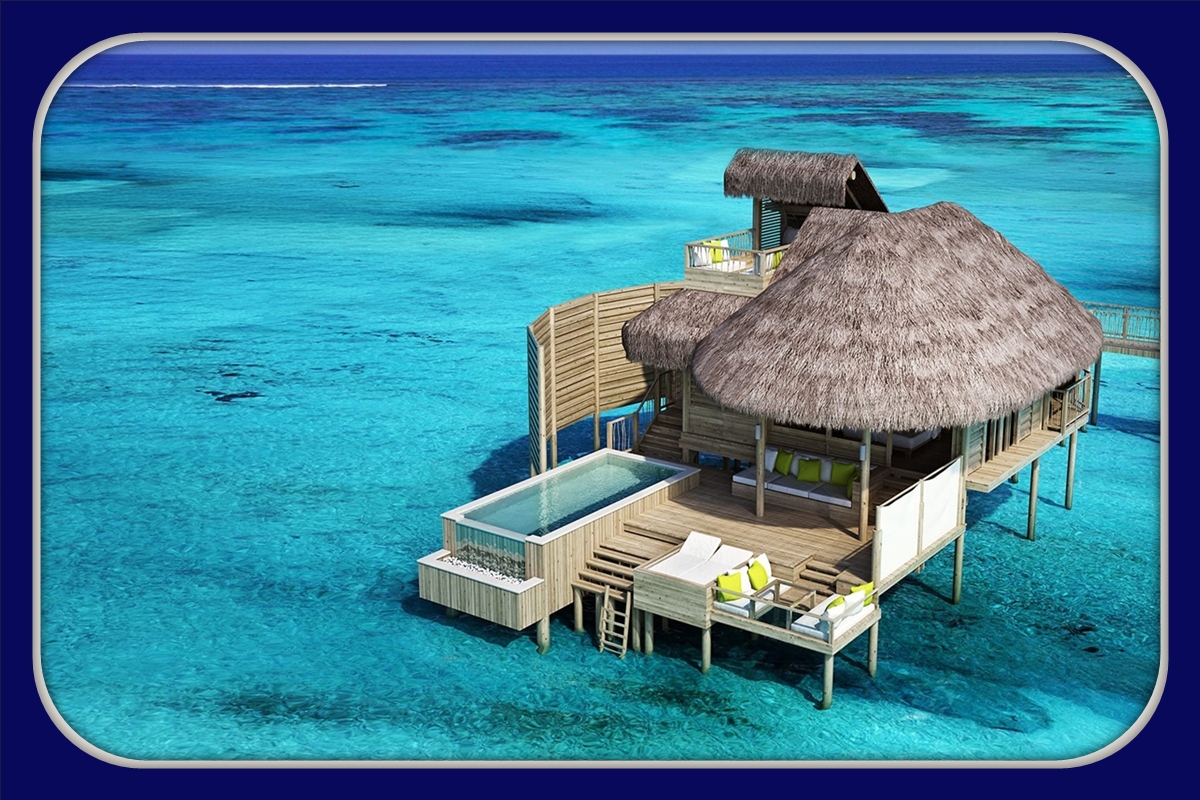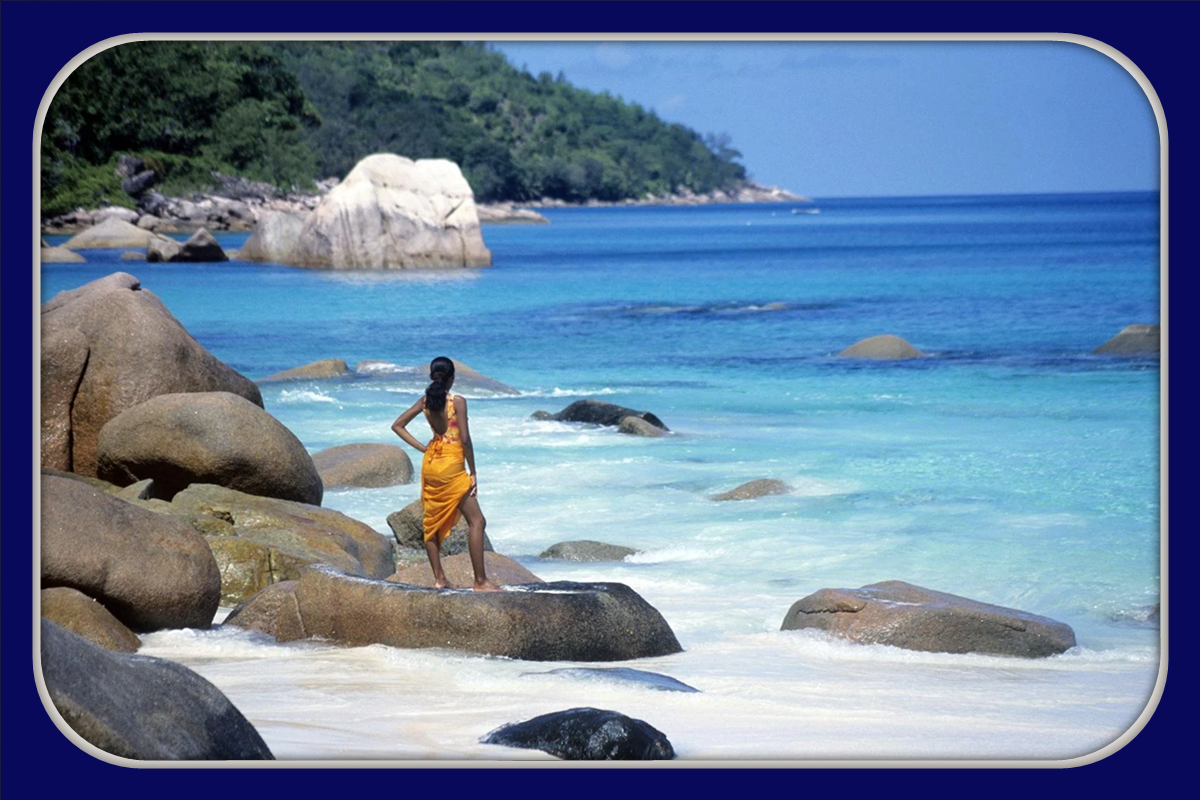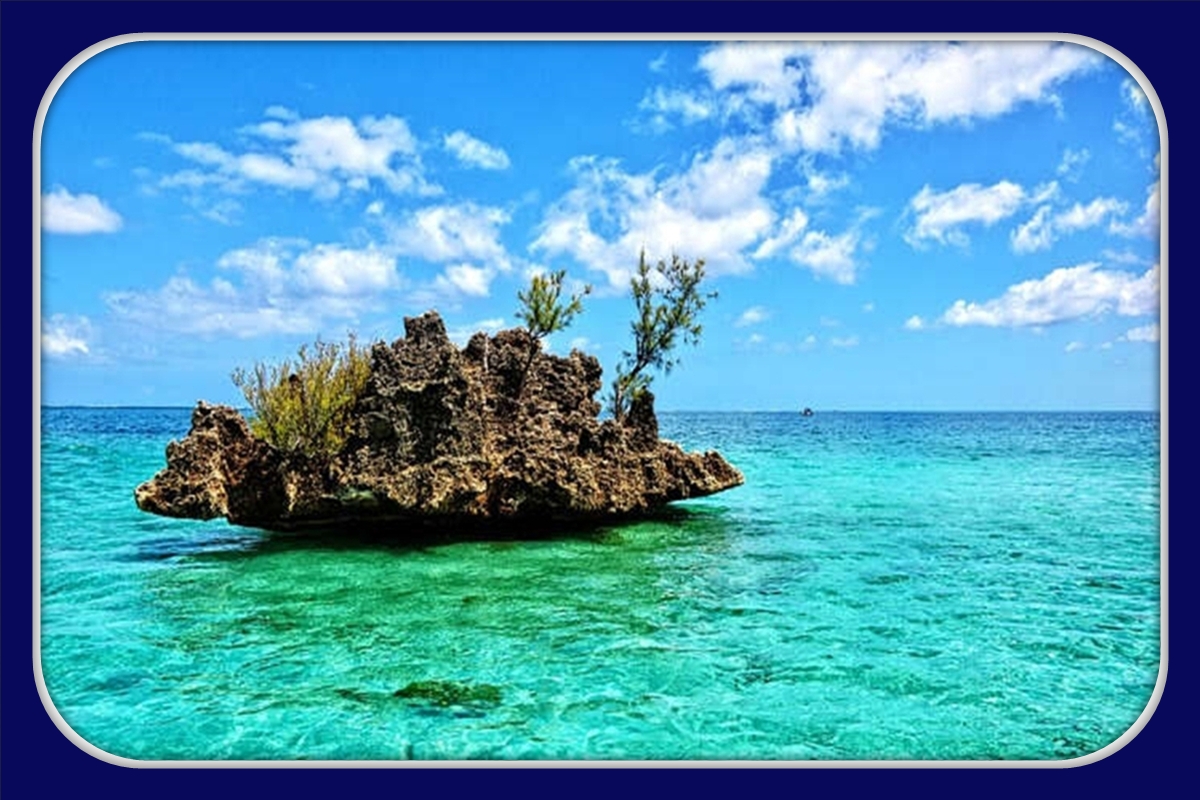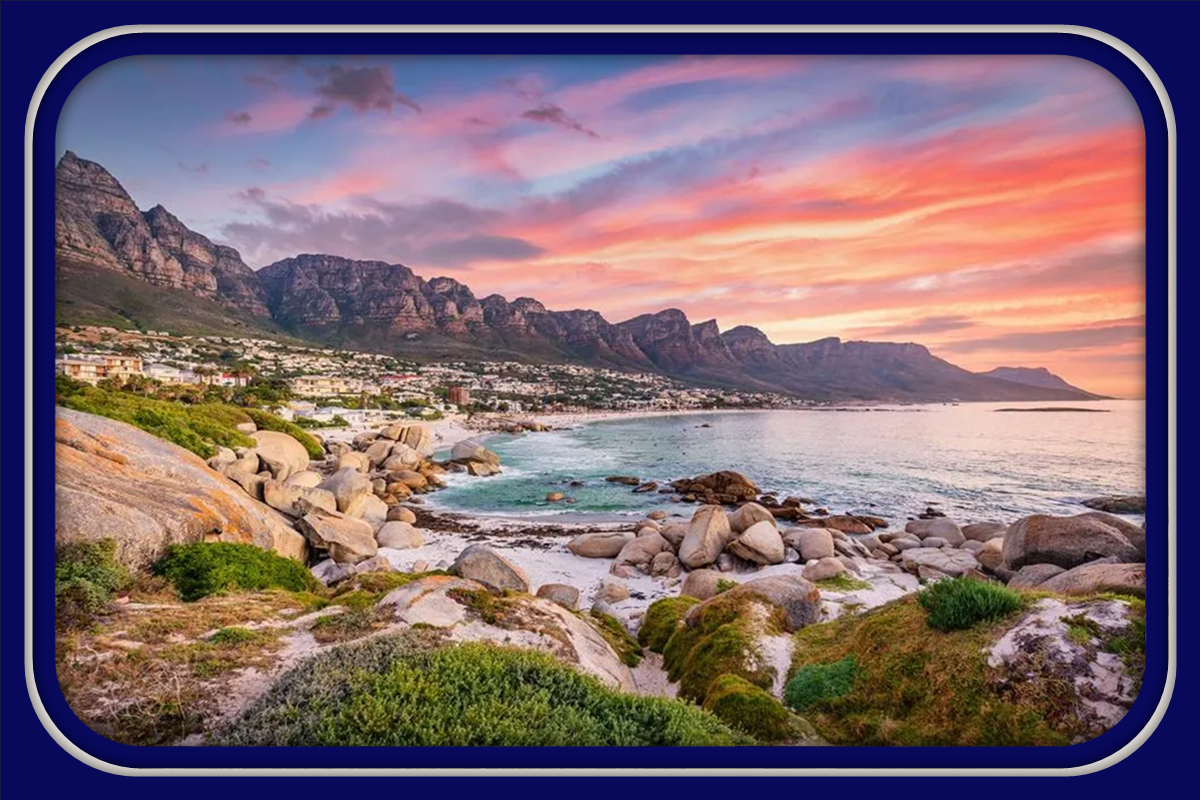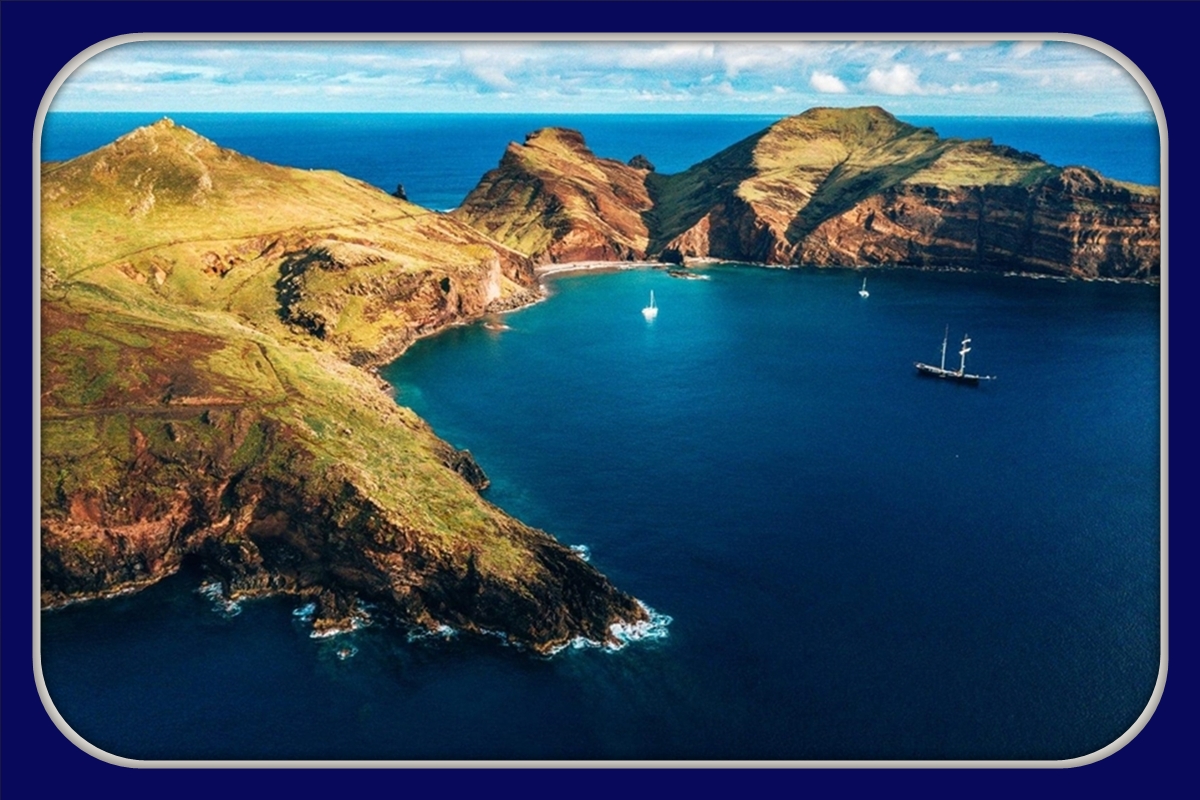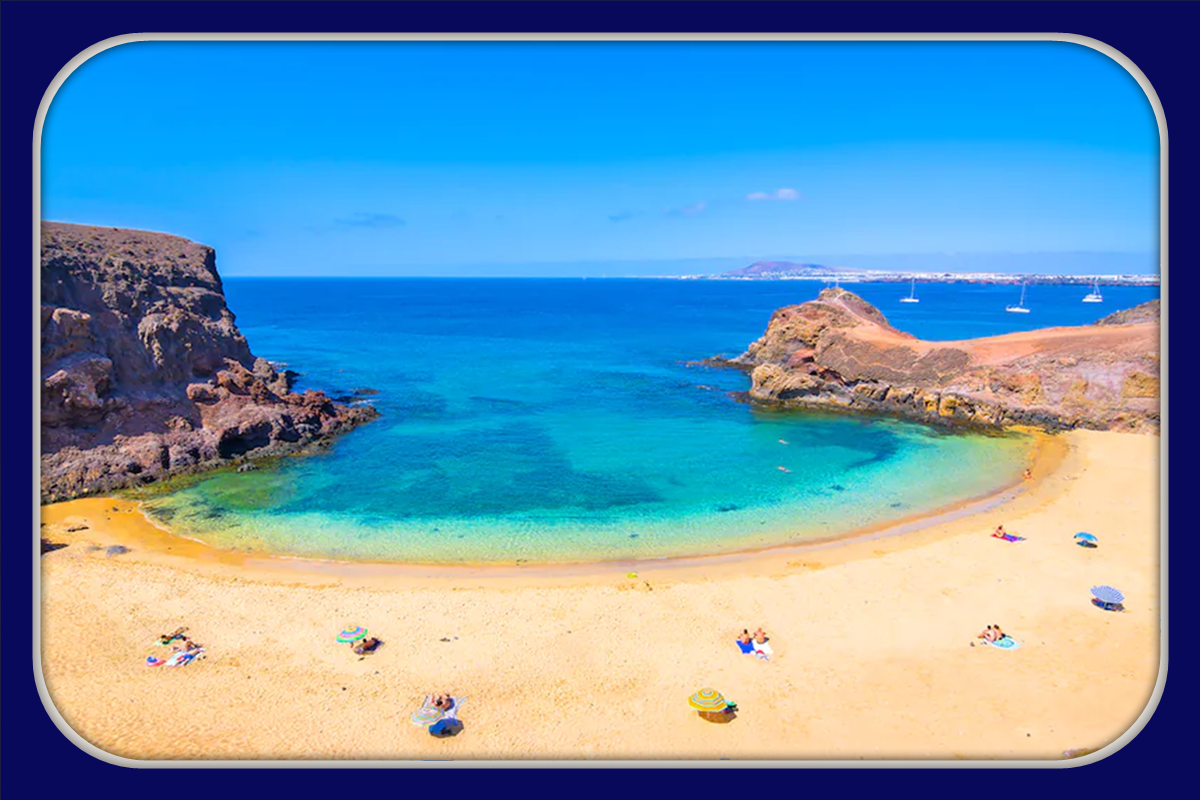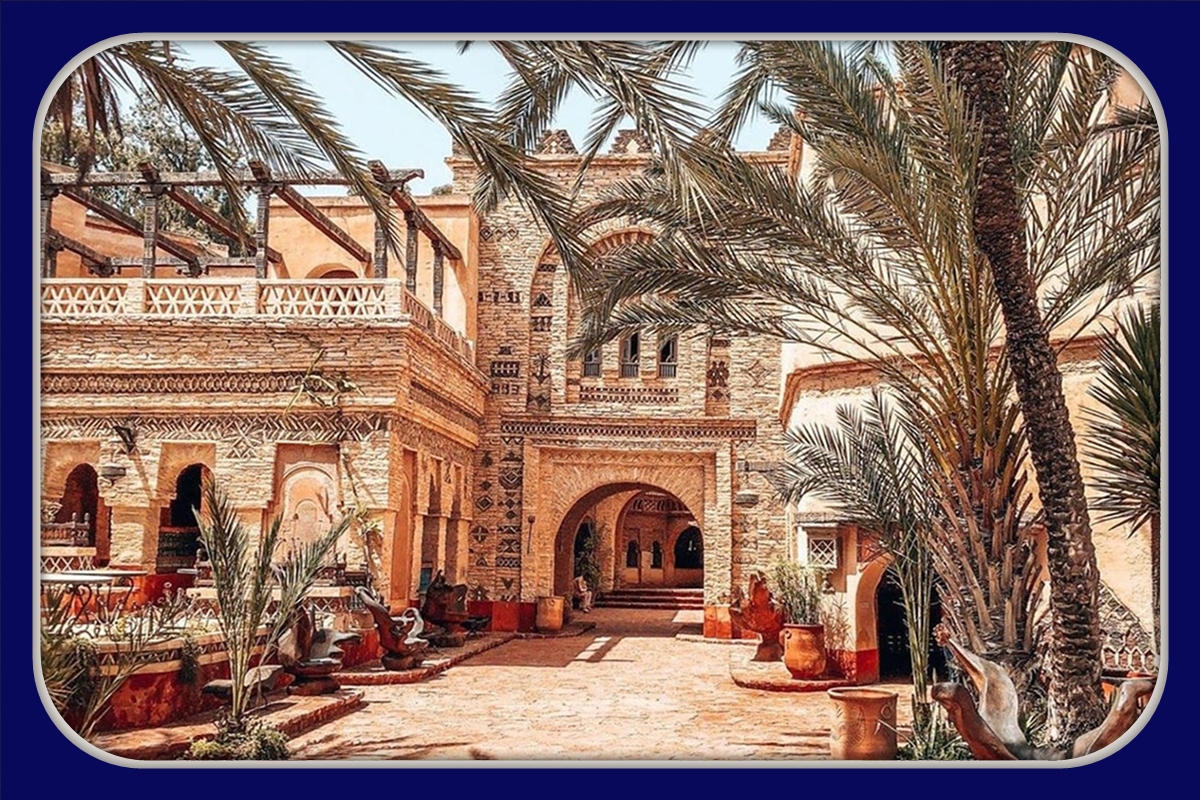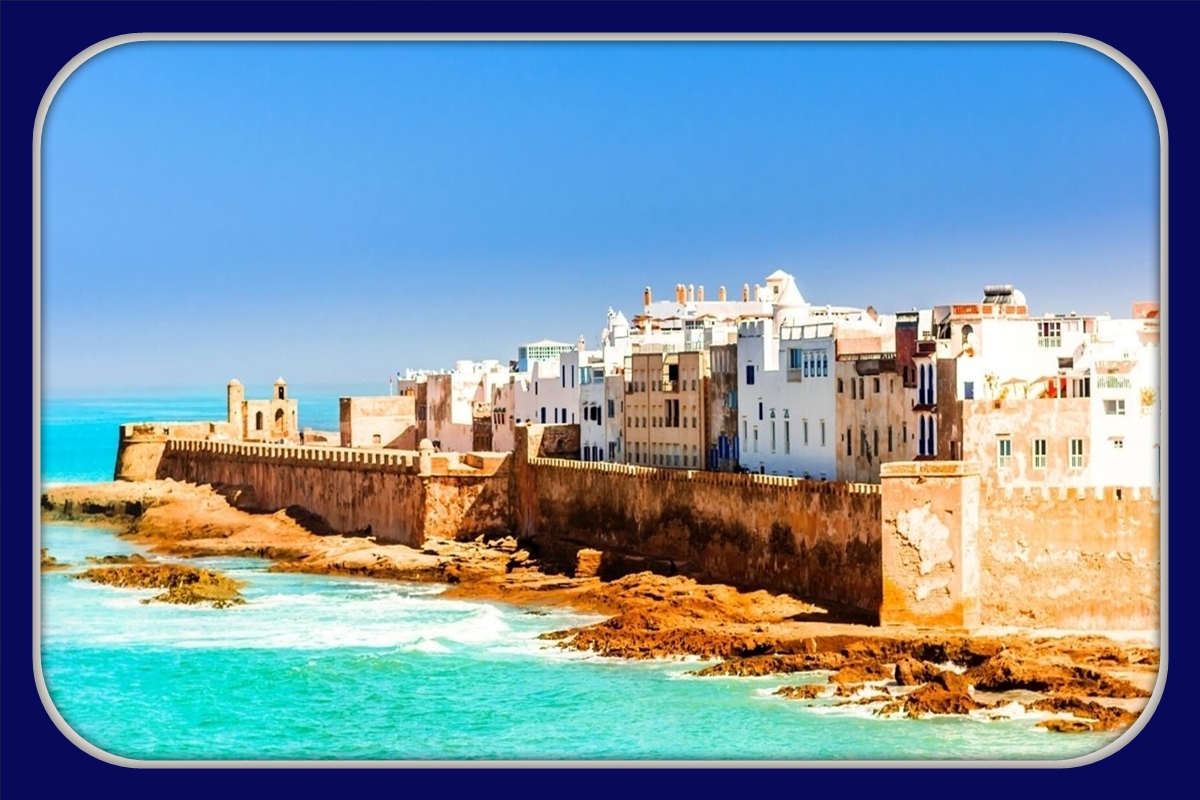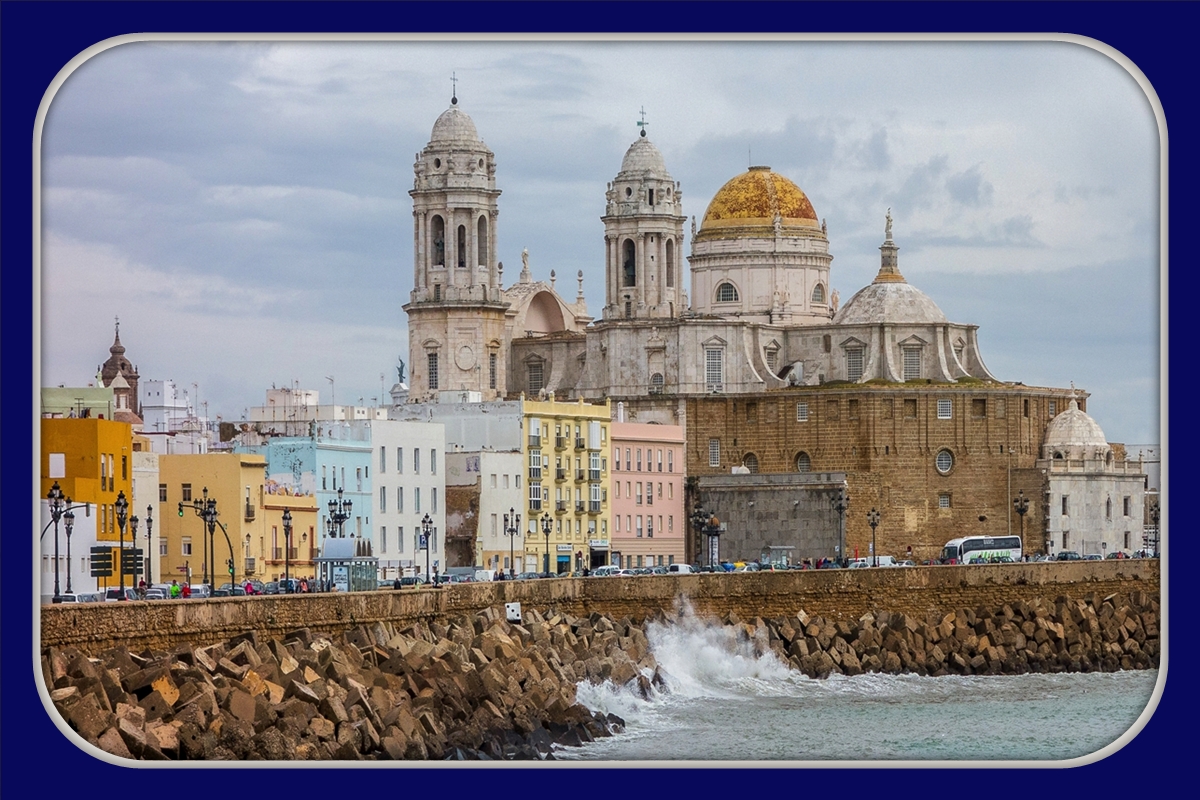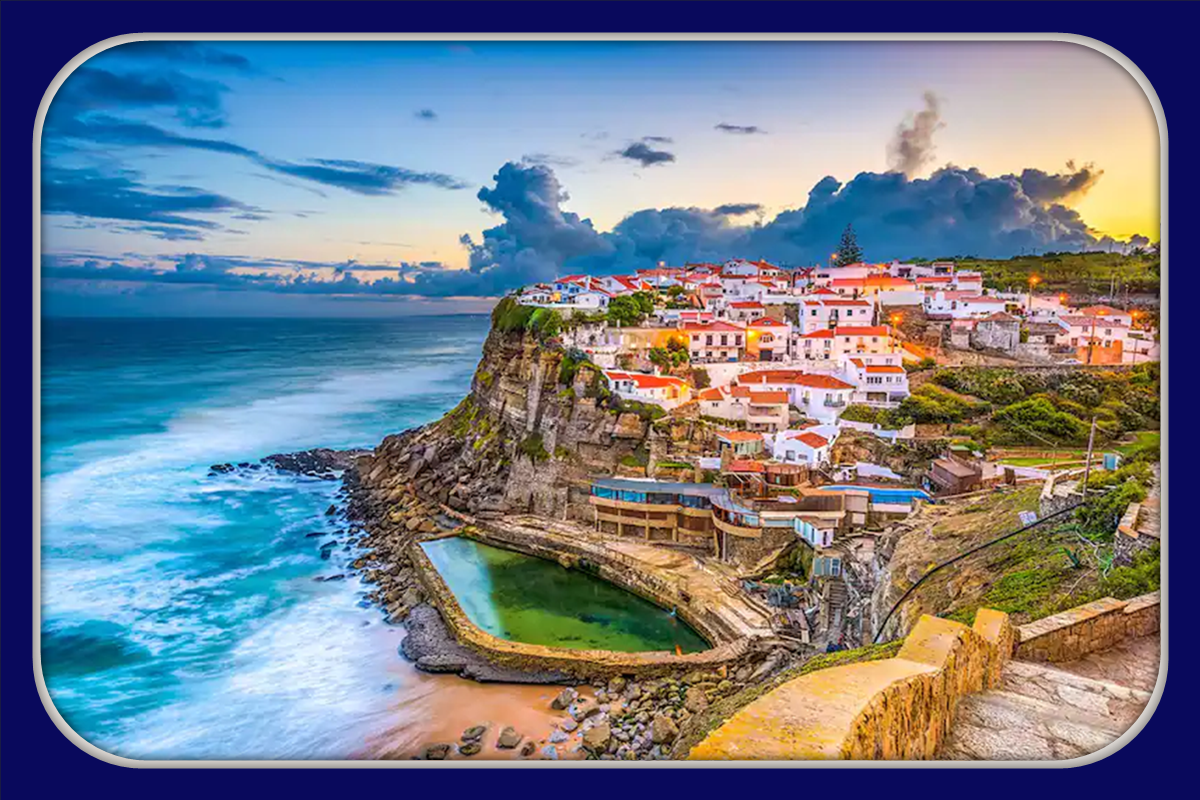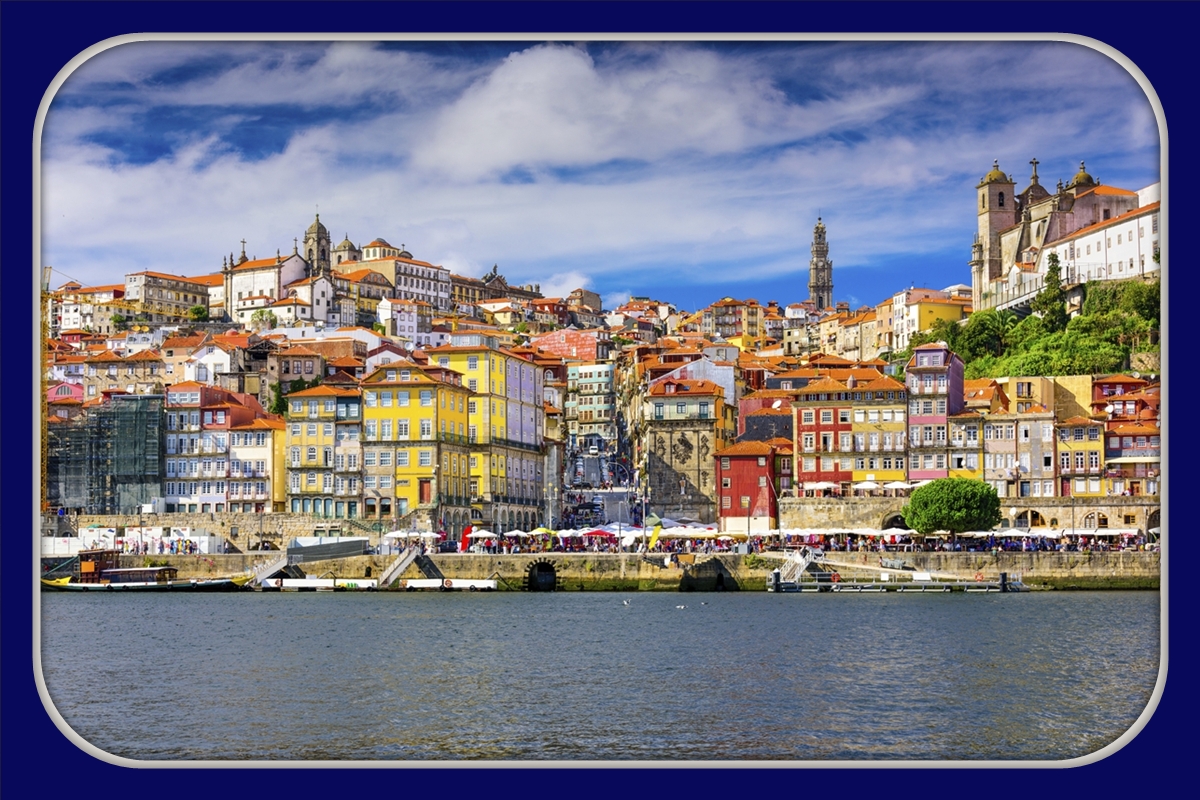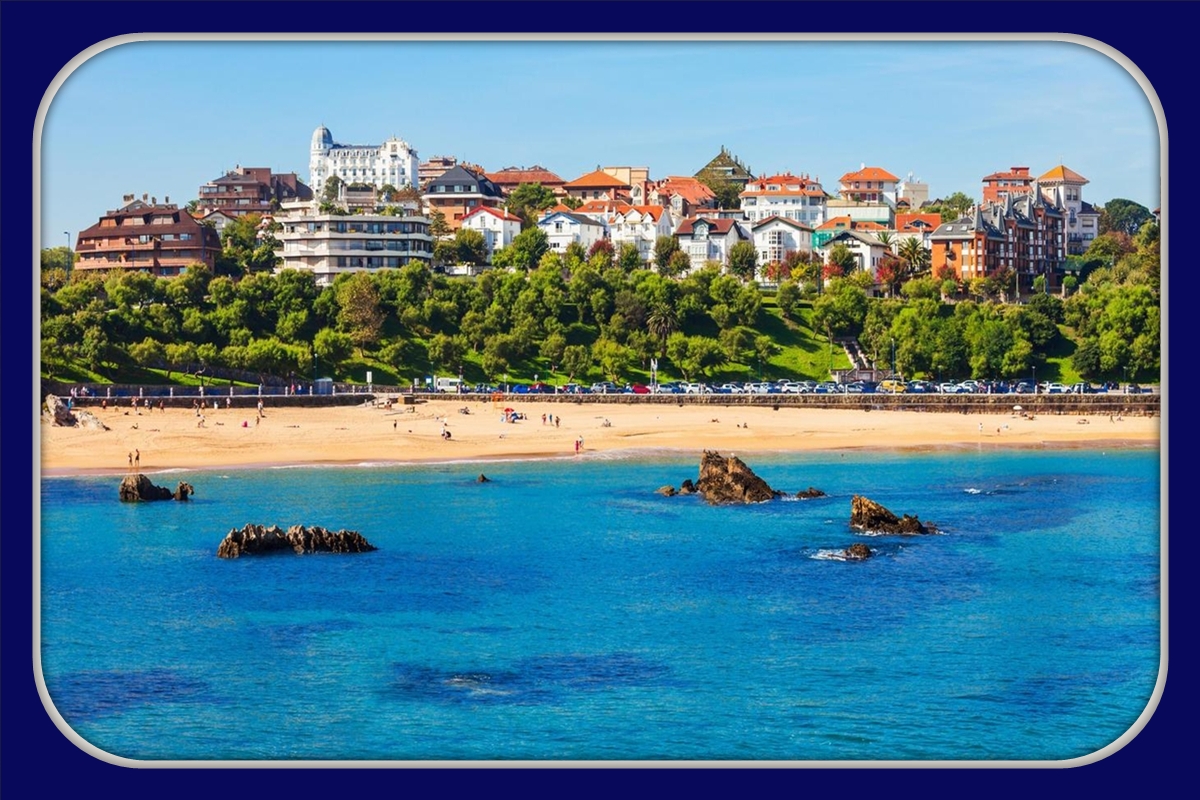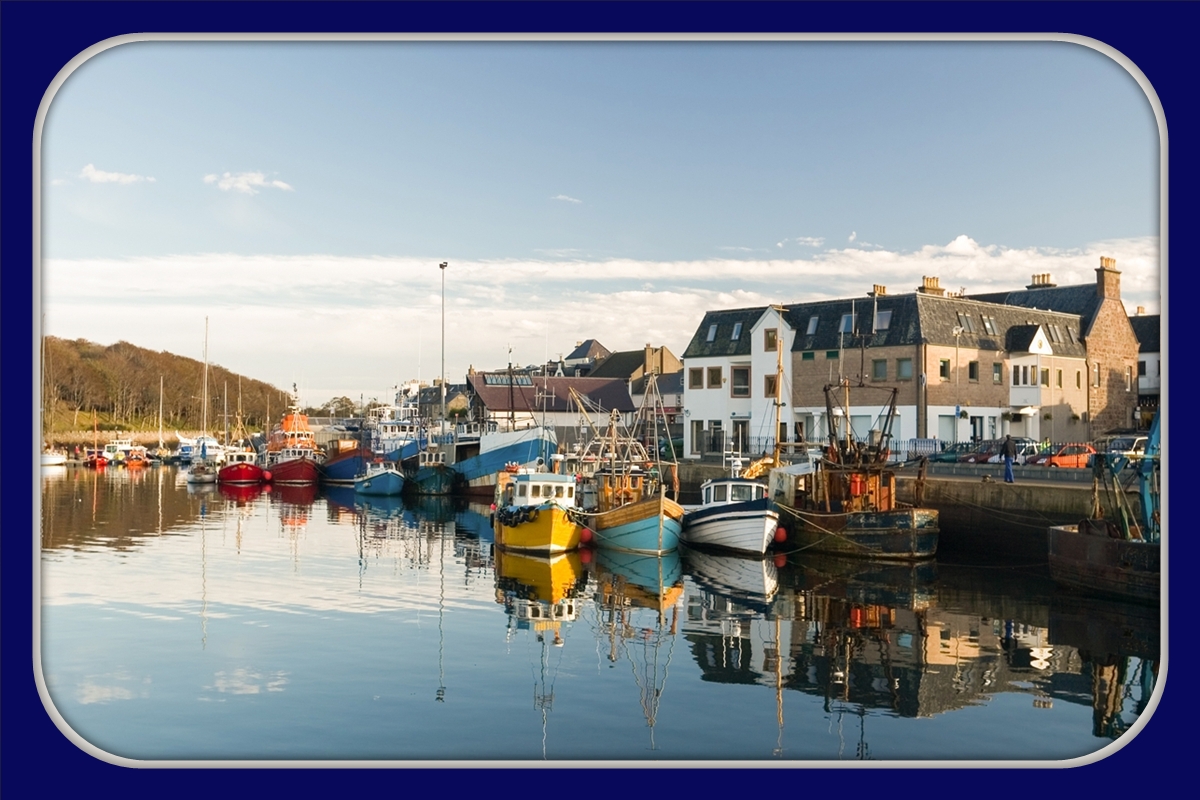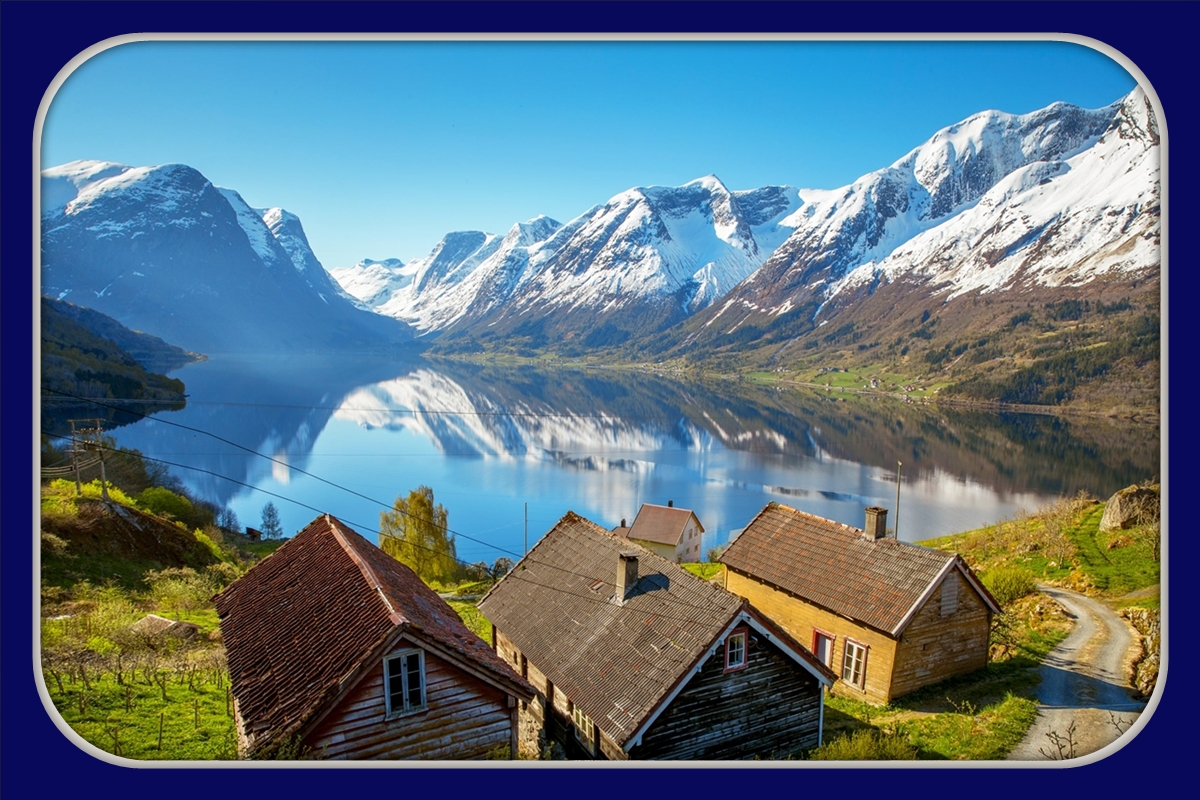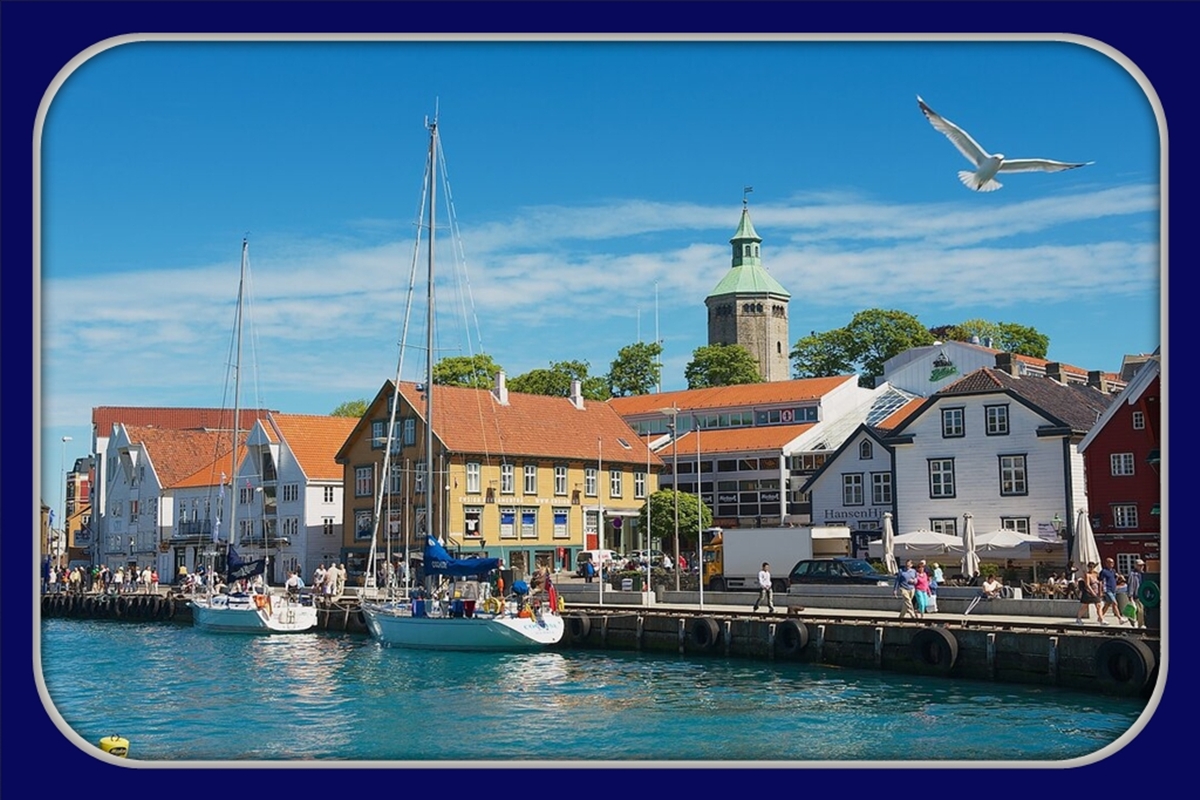San Sebastián, the jewel of Spain's Basque Country! A vibrant cultural scene, stunning beaches, and exquisite cuisine make holidays to San Sebastián a popular travel choice. Stroll along the golden sands of La Concha Bay, explore the charming Old Town, and sample the city's famous pintxos. San Sebastián's crescent-shaped bay is home to some of the most beautiful beaches in the world. There is nothing like walking along gorgeous La Concha beach surrounded by the azure waters of the Cantabrian Sea. Surfers will adore the waves at Zurriola Beach. Be sure to soak up the atmosphere of the Old Town, or Parte Viaja. Its labyrinthine cobblestone streets are lined with charming historic buildings and you'll feel instantly transported back to the past. Discover this area on foot and take your time to uncover all it has to offer.












